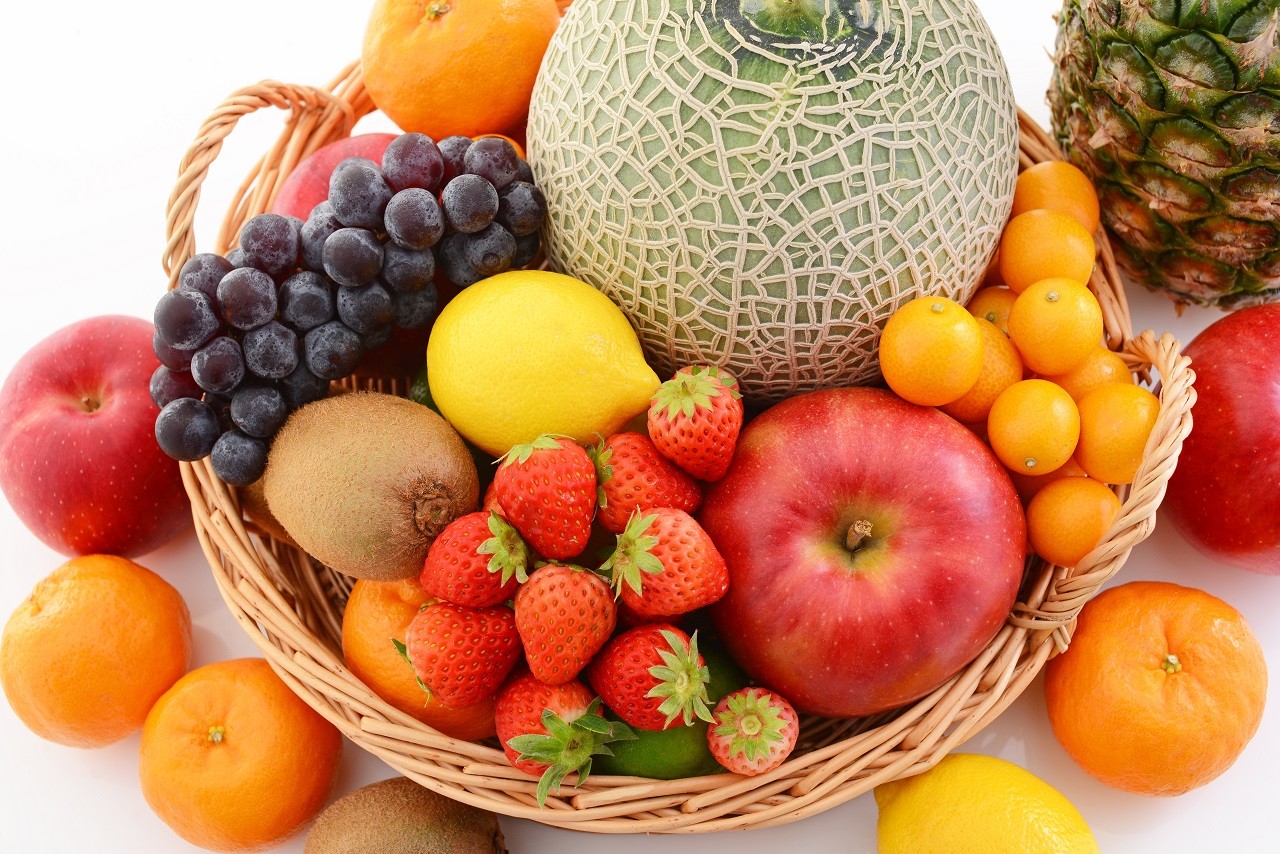
Selective breeding is an important keyword when it comes to the tastiness and distinctiveness of Japanese fruit. Take as an example, the queen of Japan’s winter fruit, the strawberry. A recent trend is “one breed for each prefecture” in Japan for strawberries! Each variety in its respective prefecture has a totally different taste and balance of sweetness and sourness. Meanwhile, the Shine Muscat, a large, sweet grape that can be eaten without peeling, and Akio, the seedless sweet persimmon, improved not only the taste but the convenience of eating, in the sense of keeping your hands clean while eating. These are the results of Japan’s agricultural high technology.
A Breed for Each Prefecture! The Strawberry Competition between 47 Prefectures of Japan
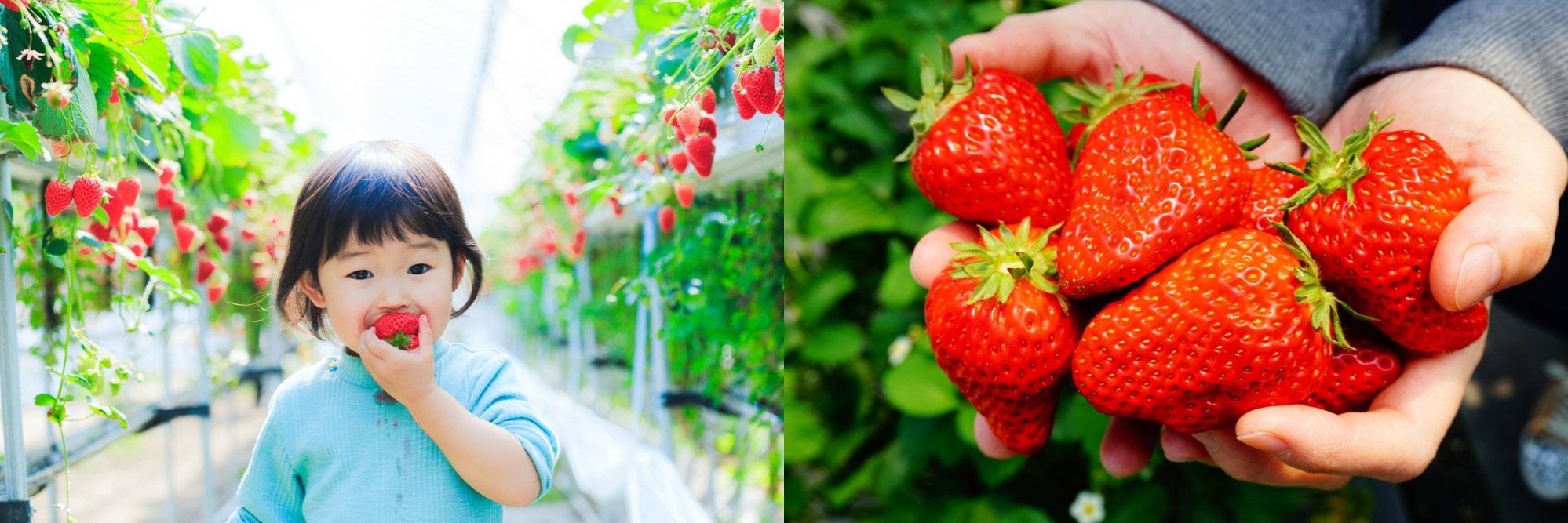
“A breed for each prefecture” is the current trend which each prefecture in Japan produces its original strawberry variety. The Tochiotome cultivar, which is the most produced, and its successor Sky Berry, are grown and improved in Tochigi Prefecture, with characteristics including huge berry size, vivid red colour, sweetness and juiciness.
Before the creation of Tochiotome, Nyoho was the main cultivar in East Japan. It is not large and more sour, so it was mostly eaten with condensed milk or strawberry milk. Tochiotome is sweet enough that it does not need to be eaten with condensed milk, and has a sweet smell which makes it suitable to be eaten fresh!
Other famous strawberry varieties include Amao from Fukuoka, which has distinct sweetness and sharpness; Benihoppe from Shizuoka with a natural sweet taste with light tartness of strawberry. Saga Prefecture also has the Saga Honoka and Ichigosan which are improved versions of the popular Toyonoka variety.
The strawberry picking season starts in November! Some farms have multiple varieties which you can taste and compare. Do try the different strawberries from each prefecture if you have the chance!
Crossbreeding Two Popular Varieties to Further Elevate the Deliciousness! Juicy Mikan Oranges Which Melt in Your Mouth
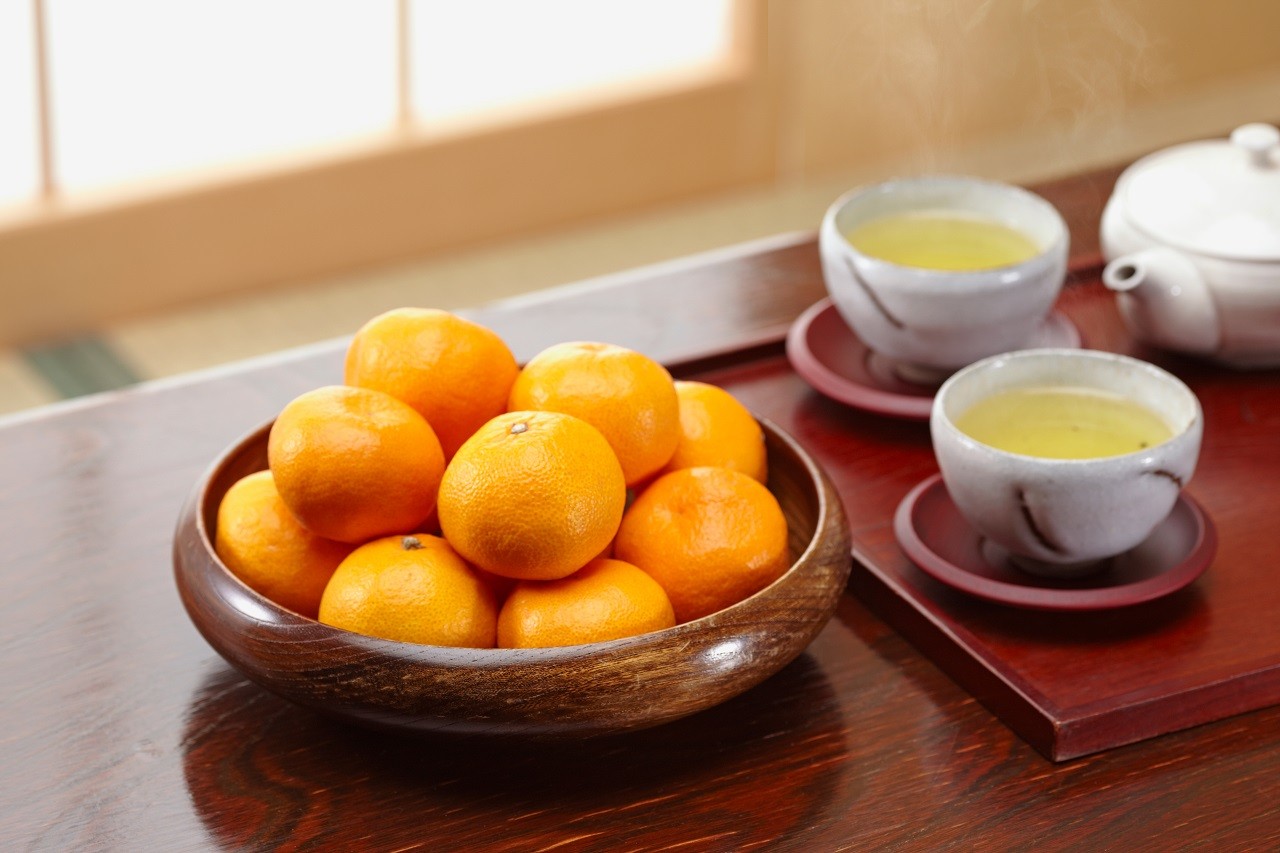
Eating mikan oranges on a kotatsu (a low table covered with a futon and a heat source underneath) is a time-honored custom during winter in Japan. Keeping yourself warm under the kotatsu while eating mikan is the best!
The archetypical winter fruit, Kiyomi Mikan, is the product of cross breeding the Unshuu Mikan (satsuma mandarin) and orange. It has the juiciness of mikan and the scent of orange, a luxury combining the best of both fruits.
Kiyomi is the parent of other popular citrus cultivars such as Ponkan, Setoka, and Dekopon. It would be so nice to experience the Japanese winter with mikan and other citruses!
Why Are There No Seeds? Besides Being Tasty, These Seedless Fruits Also Make Eating More Enjoyable

Shine Muscat, the seedless grape that keeps your hands clean while eating; Akio, the new seedless persimmon variety which changed the image of persimmons which typically have large seeds; seedless mikan orange, watermelon, and other seedless fruit can now be produced.
How are such seedless fruit produced? Many of them are crossbred or treated during cultivation by farmers. For instance, seedless grapes can be produced by soaking the flower bud in a plant hormone known as gibberellin. This accelerates the blooming process so the fruit can grow before the seeds form. This process is done by hand and must be repeated multiple times, so it is very labor intensive!
Apples and Peaches Are Other Japanese Fruits Made Delicious by Agricultural High Technology!
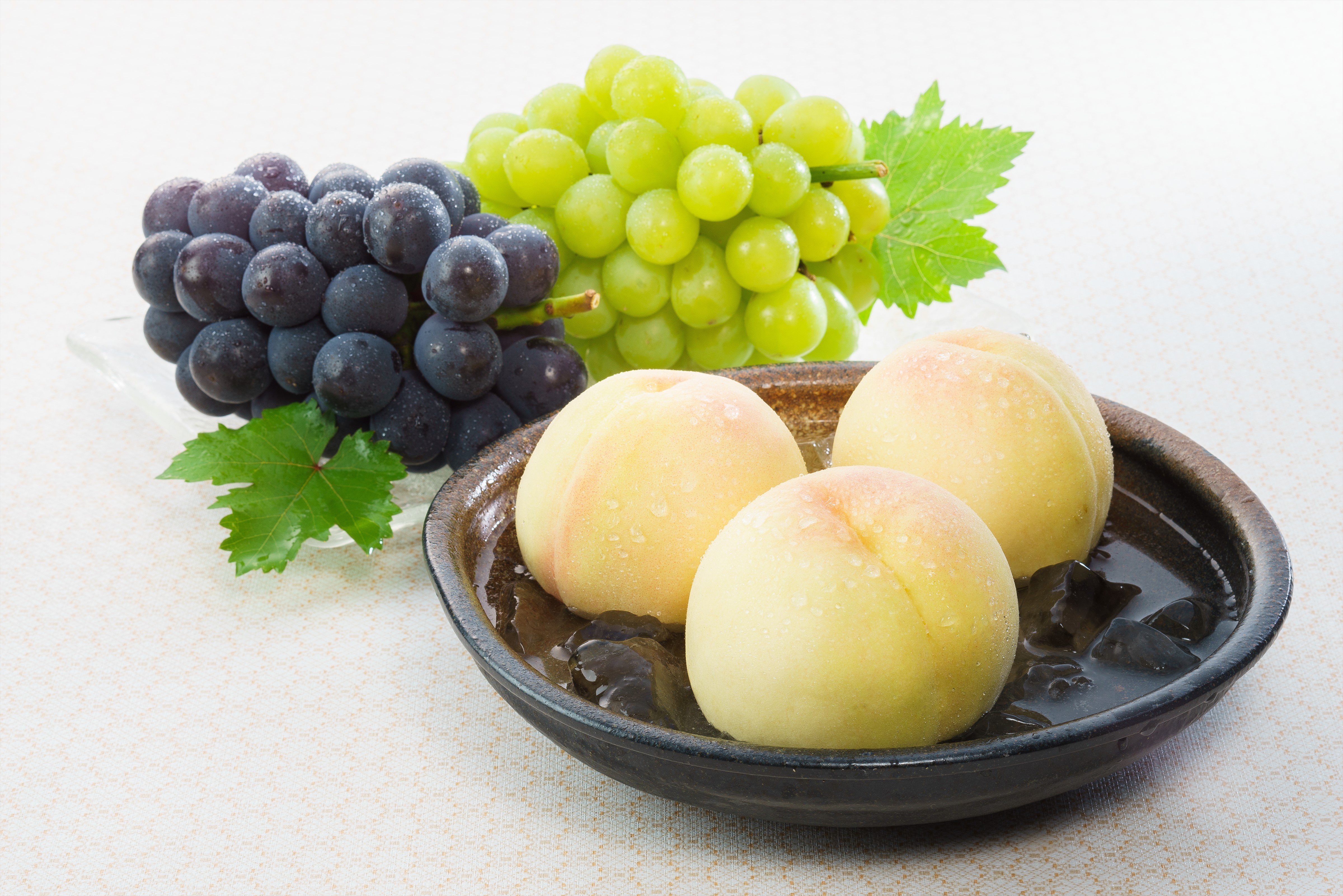
Apples and peaches are among other fruits that have new varieties being produced. Japan’s advanced agricultural technology and the fixation on better fruit are what make fruit more delicious and easy to eat. You should try them too!
*Article supervised and cooperated by Tokyo Seika Co., Ltd.
Sponsored by Japan Fruit and Vegetables Export Promotion Council
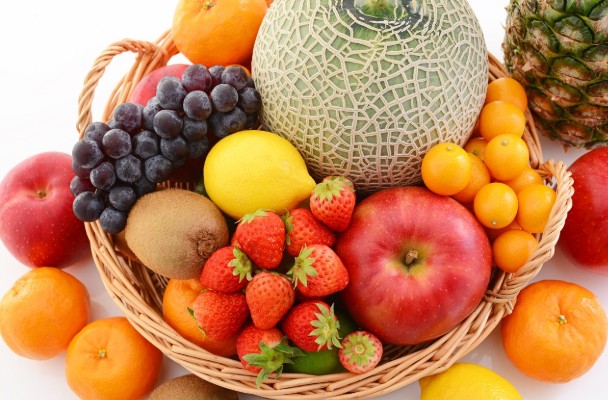
Comments